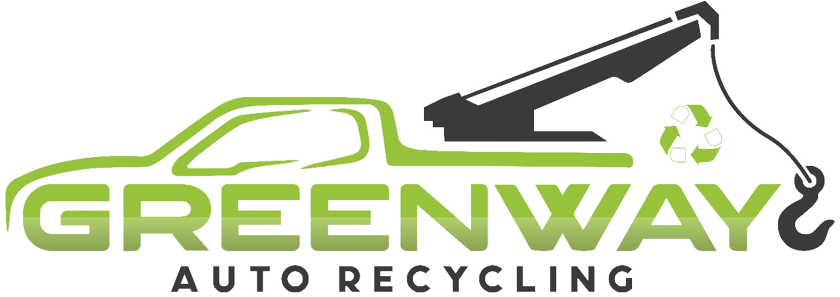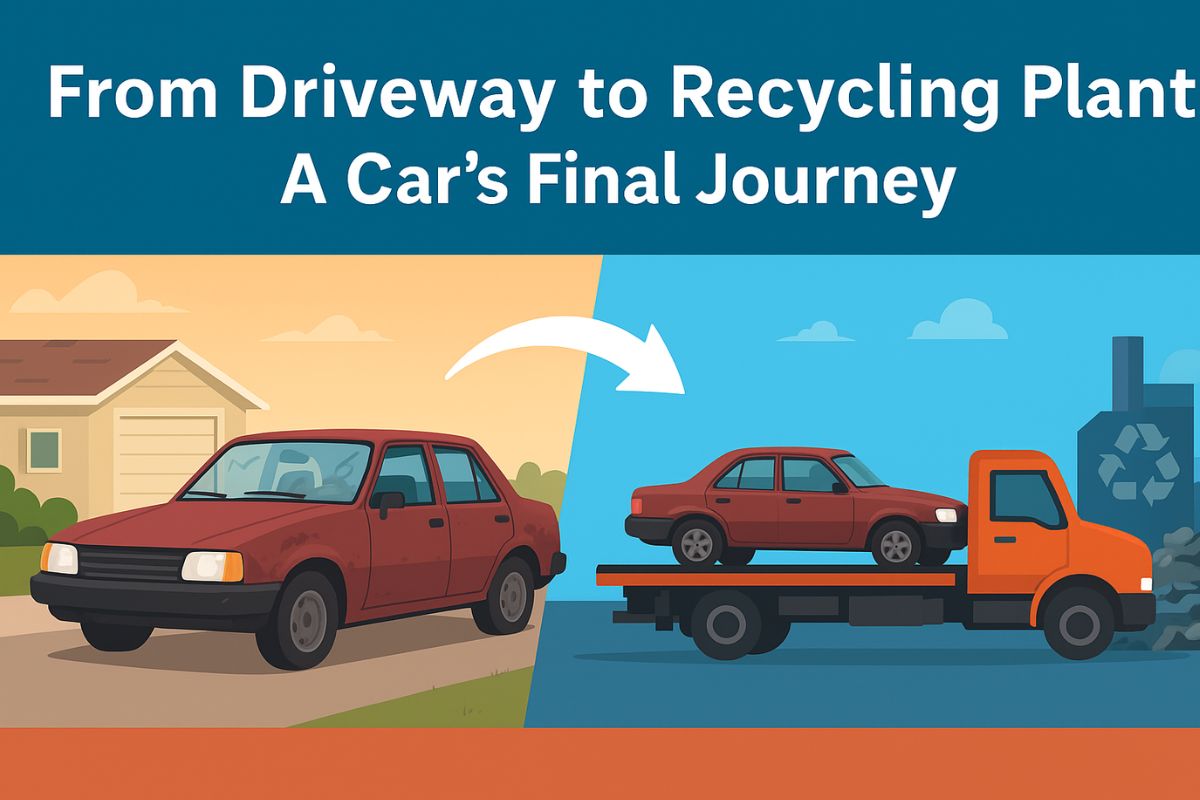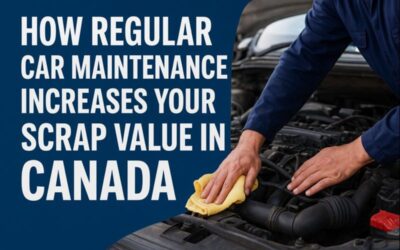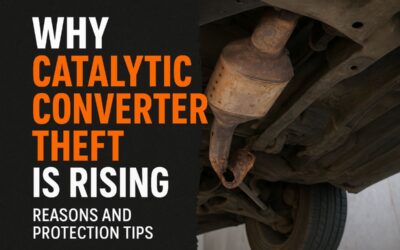Introduction
Think about your first car. Remember that feeling? Now, fast forward. That same car is sitting in your driveway, or maybe tucked away in the garage. It’s not going anywhere anymore. The transmission is shot, or the rust has become so severe that it’s practically a safety hazard. We’ve all been there, staring at a vehicle that’s more burden than blessing.
This is where most people’s understanding ends. You call a scrapyard, they tow it away, and you get a little cash. But what happens after that? The truth is that a car’s final journey is a fascinating and critically important process. It’s not just about crushing a hunk of metal; it’s a detailed dismantling that recovers value and protects our environment. For folks right here in Ontario, getting a handle on this makes you part of the solution.
The First Step: A Clear-Eyed Goodbye
You must begin with a brutally honest assessment. Is there any life left in the old girl? The engine may be seized, but the alternator is practically new. The fender may be crumpled, but those brand-new tires could be a goldmine for someone else. This isn’t just about what’s broken; it’s about spotting what’s still valuable. Getting this right from the start means you won’t leave money on the table.
Don’t Skip the Paperwork: Your Legal To-Do List
Let’s be real, nobody loves paperwork. But this is one step you absolutely cannot skip. Forgetting to return your plates to ServiceOntario or cancel your registration is a recipe for future headaches—think unexpected tickets or insurance hassles. It’s the unglamorous, behind-the-scenes work that ensures your car’s story ends cleanly, with no surprise chapters showing up later.
Picking the Right Scrapyard: It’s Not All the Same
This is the big one. You can’t just pick the first name in the phone book. The right facility, a reputable one like Greenway Auto Recycling, operates in accordance with established standards. They don’t just drain the oil onto the ground; they handle every fluid—the brake fluid, the nasty coolant—with extreme care. Choosing a certified partner ensures that the process is safe and that the parts of your car that can’t be reused will not pollute the local watershed.
The Final Trip: Getting Your Car to Its Destination
How does it get there? If it still runs, it might drive its last mile. If not, it’s a tow truck or a flatbed. A good service makes this effortless, often handling the pickup for you. It’s a final bit of respect for a vehicle that served you for so long.
Under the Hood: The Art of Careful Dismantling
This is where the magic happens. At the facility, skilled workers who are intimately familiar with cars begin carefully disassembling the vehicle. It’s like a skilled surgeon, not a wrecking ball. The catalytic converter, the battery, the good doors—all these are saved, cataloged, and made available to people who need affordable repairs. This isn’t just recycling; it’s giving parts a second chance at life.
Handling the Hazardous Stuff: Protecting Our Backyard
Cars are filled with liquids and materials that are detrimental to the environment. We’re talking about used motor oil, lead-acid batteries, and refrigerant. A responsible recycler treats this material exactly as hazardous as it truly is, ensuring it’s disposed of or neutralized properly. This step is the quiet hero of the entire operation, protecting our soil and groundwater from contamination.
From Car to Commodity: The Shredding Process
With the valuable parts and hazardous materials removed, what’s left is the car’s metal skeleton. This is fed into a monstrous shredder that tears it into fist-sized chunks. Powerful magnets then pluck out the steel, while other technologies separate the aluminum and copper. This sorted metal isn’t trash; it’s a raw material, ready to be melted down and reborn as anything from a new bicycle to a steel beam in a building.
What About the Rest? Giving Non-Metals a New Life
It doesn’t stop there. The rubber from tires gets a new life as playground surfacing or asphalt. Plastics are cleaned, melted, and remolded. Even the glass finds a purpose. This comprehensive approach means that a significant portion of your old car actually ends up in a recycling facility.
Also Read: Scrap Car and Metal Prices in Ontario: What You Can Earn and Why They Fluctuate
The Bigger Picture: Why Your Choice Matters
When you choose to recycle your car properly, you’re doing more than just cleaning up your driveway. You’re reducing the need for destructive mining. You’re saving massive amounts of energy. You’re supporting local jobs in the recycling industry. And you’re ensuring that the final legacy of your car is a positive one for your community and the planet.
Making it Easy: A Quick Guide for Car Owners
You can make this whole process smoother. Dig out that ownership paperwork first. Clean out your personal items—you’d be amazed at what people leave behind in glove compartments! Ask questions and choose a recycler you trust. A little bit of effort on your end ensures the process is seamless, profitable for you, and responsible for everyone.
A car’s journey from the driveway to the recycling plant might seem complicated, but it doesn’t have to be. When you choose a certified recycler, every step—from paperwork to dismantling and safe disposal—is handled the right way. If you want your old car to be processed responsibly, safely, and with zero stress, Greenway Auto Recycling is the partner you can trust.
Call us at (416) 783-9026 and turn your old vehicle into real value—for you and for the environment.





